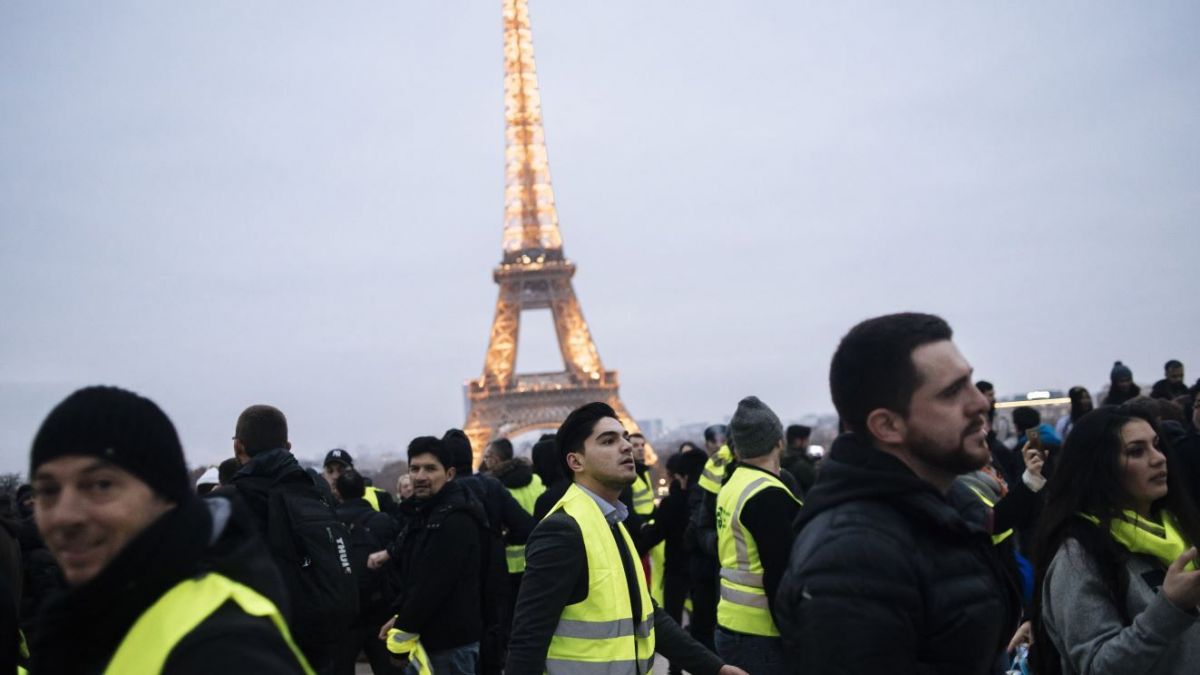1. ATIKU ABUBAKAR .... PETITIONERS
2. PDP
AND
1. INEC ......... RESPONDENTS
2. PMB
3. APC
@trolls_queen @FemiDenning @romanticboy77 @ProfOsinbajo @OfficialAPCNg @toluogunlesi @akandeoj @Mr_JAGs
@IsmaeelAhmedB @BashirAhmaad @MBuhari
It is on record that, in the course of the proceedings when the Petitioners sought to tender the avalanche of documents comprising mainly purported CTC& pink copies of forms EC8As, EC8Bs,
See also OMISORE v AREGBESOLA (2015) 15 NWLR (Pt. 1482) at 205; UDOM v UMANA (2016) 2 NWLR (Pt. 1526) 179.
- Executive Summary of total votes from 11 states of Yobe,Kebbi,BornoNiger,Kano,Bauchi, Katsina,Jigawa,Zamfara,Kaduna, & Nassarawa.
“The testimony of experts is often considered to be of slight value,
iii. Considering the feeble case by the petitioners before this Honourable Court, whether the court can decree that the 1st petitioner was duly
Graphically, in paragraph 34 ofthe petition, the petitioners challenged the Abia State result, para 36 for Adamawa, para 37 for Akwa-Ibom,
Alas, Petitioners called witnesses in 15 States to wit: Bauchi, Borno, Enugu, Gombe, Kaduna, Kano, Katsina, Kogi, Jigawa, Nasarawa, Niger, Rivers, Yobe, Zamfara and the FCT.
PW59, an imported witness from Kenya, claimed to be an expert who deposed to a witness statement on oath. He attached 8 exhibits to his statement, the last one, being Exhibit 8, which is labelled “summary and conclusion” of his opinion
Moreover, no certificate of this imported man from Kenya was attached
Without prejudice to the foregoing, the entirety of his witness statement and the exhibits attached constitute a charade. He admitted the fictitous and anonymous nature of his





